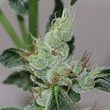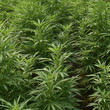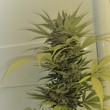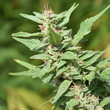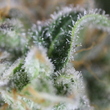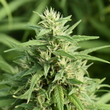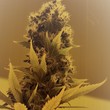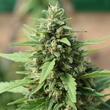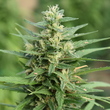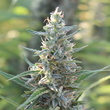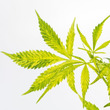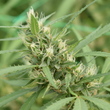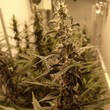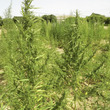Introducción
Previous preclinical studies have demonstrated that cannabidiol (CBD) and cannabigerol (CBG), two non-psychotomimetic phytocannabinoids from Cannabis sativa, induce neuroprotective effects on toxic and neurodegenerative processes. However, a comparative study of both compounds has not been reported so far, and the targets involved in this effect remain unknown.
Materiales y métodos
CBD was purified from the Cannabis variety PILAR (CPVO/ 20160115) and CBG from the variety AíDA (CPVO/20160167) following a patented method described in the Phytoplant Patent: “Methods of purifying cannabinoids, compositions and kits thereof” with code 9765000 B2. CBD and CBG have a purity > 95%. CANNA products were used for the cultivation of all varieties.
Resultados
The ability of CBD and CBG to attenuate the neurotoxicity induced by two insults involving oxidative stress (hydrogen peroxide, H2O2) and mitochondrial dysfunction (rotenone) was evaluated in neural cell cultures. The involvement of CB-1 and CB-2 or 5-HT1A receptors was investigated. The neuroprotective effect of their respective acids forms, cannabidiolic acid (CBDA) and cannabigerolic acid (CBGA), was also analyzed. MTT and immunocytochemistry assays were used to evaluate cell viability. No significant variation on cell viability was per se induced by the lower concentrations tested of CBD and CBG or CBDA and CBGA; however, high concentrations of CBD, CBDA, or CBGA were toxic since a 40–50% reduction of cell viability was observed. CBD and CBG showed neuroprotective effects against H2O2 or rotenone; however, both compounds were more effective in attenuating the rotenone-induced neurotoxicity. A high concentration of CBDA reduced the rotenone-induced neurotoxicity. WAY100635 (5-HT1A receptor antagonist) but not AM251 and AM630 (CB1 or CB2 receptor antagonists, respectively) significantly diminished the neuroprotective effect induced by CBG only against rotenone.
Conclusión
The results contribute to the understanding of the neuroprotective effect of CBD and CBG, showing differences with their acid forms, and highlight the role of 5-HT1A receptors in the mechanisms of action of CBG.
Otras publicaciones
Ver más
Ver más
Ver más
Ver más
Ver más
Ver más
Ver más
Ver más
Ver más
Ver más
Ver más
Ver más
Ver más
Ver más
Ver más
Ver más
Ver más
Ver más
Ver más
Ver más
Ver más
Ver más
Ver más
Solicita información
¿Te podemos ser de ayuda? ¿Tienes alguna duda sobre nosotros? Escríbenos y contactaremos contigo cuanto antes.
